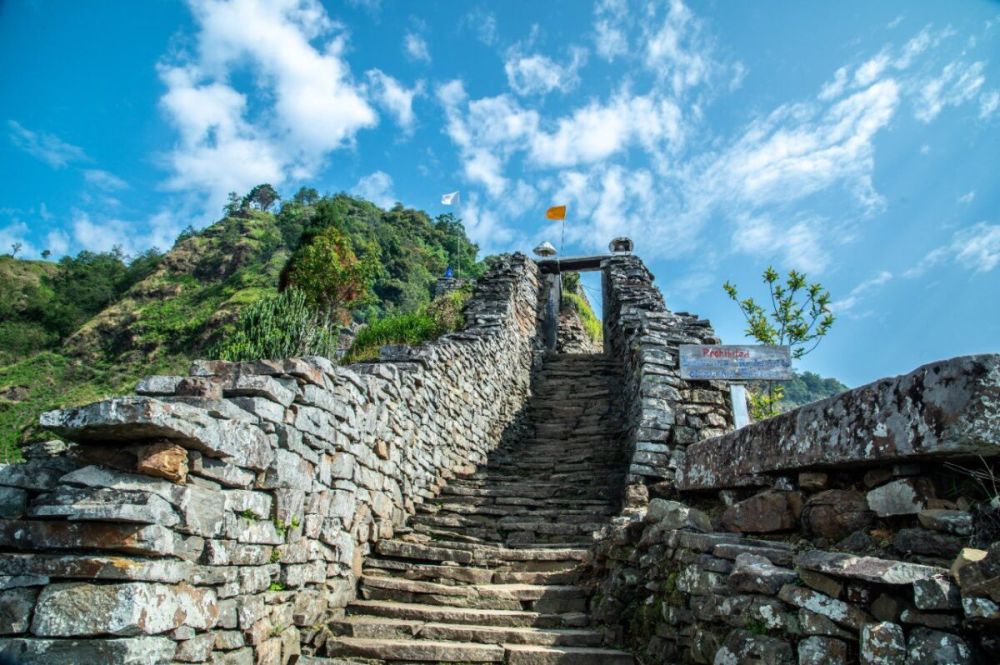

Yangkhullen is a quaint village nestled in the Senapati district of Manipur, India. It is a place of serene beauty and vibrant culture, surrounded by lush greenery and rolling hills. The village is relatively untouched by mass tourism, preserving its authenticity and traditional way of life — an aspect which makes it an increasingly attractive destination for those seeking a glimpse into the real heart of Manipur.
Tourism in Yangkhullen, although not vastly commercialized, has slowly gained momentum over the years. The history of visitors making their way to this remote village goes back to the early days when intrepid travellers would seek out new and unique experiences within India's northeastern states. Initially, these were explorers and anthropologists interested in the rich cultural tapestry and diverse tribal communities of the region.
The Zeme Naga tribe, predominant in Yangkhullen, has lived in these hills for generations. Their unique customs, traditional dances, and intricate handicrafts drew both domestic and international visitors, providing a foundation for community-based tourism. As word of mouth spread about the village's captivating festivals and gentle landscapes, more tourists began to trickle in, looking for a retreat from city life and an opportunity to connect with nature and indigenous culture.
Realizing the potential of tourism as a vehicle for economic development and cultural preservation, local initiatives in Senapati began with small steps. Basic accommodations like homestays and guesthouses started to emerge, allowing visitors to experience Naga hospitality. The Manipur government launched multiple initiatives to promote responsible and sustainable tourism in the area while ensuring that the local ecology and traditional practices remain intact.
With the rise of sustainable and eco-friendly tourism, Yangkhullen is on the map for those who seek experiences that are in harmony with nature. There has been a notable increase in cultural tourism, where travellers immerse themselves in the daily lives of the local community, taking part in agricultural activities, enjoying traditional cuisine, and learning about the heritage of the Zeme Nagas.
Adventure tourism is also gaining popularity, with trekking routes and nature walks allowing visitors to explore the surrounding scenery. The village serves as a gateway to the nearby virgin forests and wildlife, which provide a haven for trekkers and enthusiasts of flora and fauna.
Voluntourism is another trend picking up among tourists in Yangkhullen. Visitors are keen on contributing to community projects, such as teaching in local schools or assisting in conservation efforts, creating a mutual exchange of experiences and benefits.
Despite the increasing interest, tourism in Yangkhullen faces challenges such as limited accessibility and the need for improved infrastructure. Efforts are being made to address these issues, ensuring that growth in tourism is balanced with the preservation of the village's environment and traditional way of life.
The future of tourism in Yangkhullen lies in responsible practices and a respect for the cultural integrity of the destination. Continued focus on sustainable development is key to creating a harmonious relationship between visitors and the village community, paving the way for a thriving, yet conscientious tourism experience.
The story of tourism in Yangkhullen is a developing narrative that represents hope, potential, and a commitment to sustainability. As it gently unfolds, this hidden gem offers an enriching travel experience for those lucky enough to discover it, while contributing to the responsible growth of tourism in the northeast region of India.